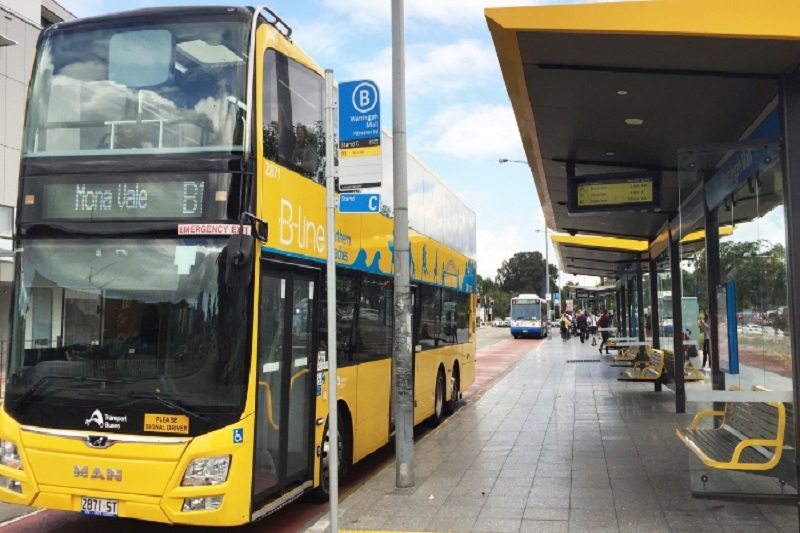
According to a recent report, a forward-facing collision avoidance technology system will be trialled by all 38 double-decker B-Line buses in New South Wales (NSW).
The NSW Government had initially trialled the technology on a B-Line bus travelling the CBD to Northern Beaches route earlier in 2018.
The testing done in February proves that the technology can work but now it needs to be evaluated in a challenging operating environment.
The Mobileye device will use audio and visual signals to alert a driver to potential collisions and provide lane departure warnings. This state-of-the-art safety feature could benefit all road users.
Since public transport safety is a top priority for the NSW Government, investing in a trial of technology that could save lives and prevent injuries was an easy decision to make.
Too many pedestrians are walking around with mobile phones, doing the wrong thing. This device will give the bus driver every opportunity to save that life and alternatively also keep the passengers safe.
The trial of this technology is an opportunity to potentially reduce accidents to as high as 30%. It will run until next year at a cost of A$ 50,000.
Mobileye provides Advanced Driver Assistance Systems (ADAS) and it ranges on the spectrum of passive and active alerts.
A passive function alerts the driver of a potentially dangerous situation so that the driver can take action to correct it.
An example of this feature is the Lane Departure Warning (LDW), which alerts the driver of an unintended and an unindicated lane departure.
Another example is the Forward Collision Warning (FCW), which indicates that under the current dynamics relative to the vehicle ahead, a collision is imminent.
This would alert the driver, to which the driver then needs to brake in order to avoid the collision.
In contrast to the passive function alert, the active safety systems take action.
An example of which would be the Automatic Emergency Braking (AEB), which identifies the imminent collision and brakes without any driver intervention.
Other examples of active functions are Adaptive Cruise Control (ACC), Lane Keeping Assist (LKA), Lane Centering (LC), and Traffic Jam Assist (TJA).
ACC automatically adjusts the host vehicle speed from its pre-set value (as in standard cruise control) in cases where in a slower vehicle is in its path.
LKA and LC automatically steer the vehicle in order for it to stay within the lane boundaries. TJA is a combination of both ACC and LC under traffic jam conditions.
Mobileye is able to support all of these functions using a single camera mounted on the windshield, processed by a single EyeQ chip.
The Mobileye technology uses alerts to tell bus drivers that a crash is about happen, up to 2.7 seconds before it does.
With this technology, the B-Line drivers will now have a third eye on the road to help keep customers and other road users safe.
















